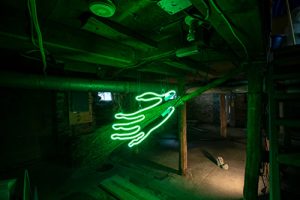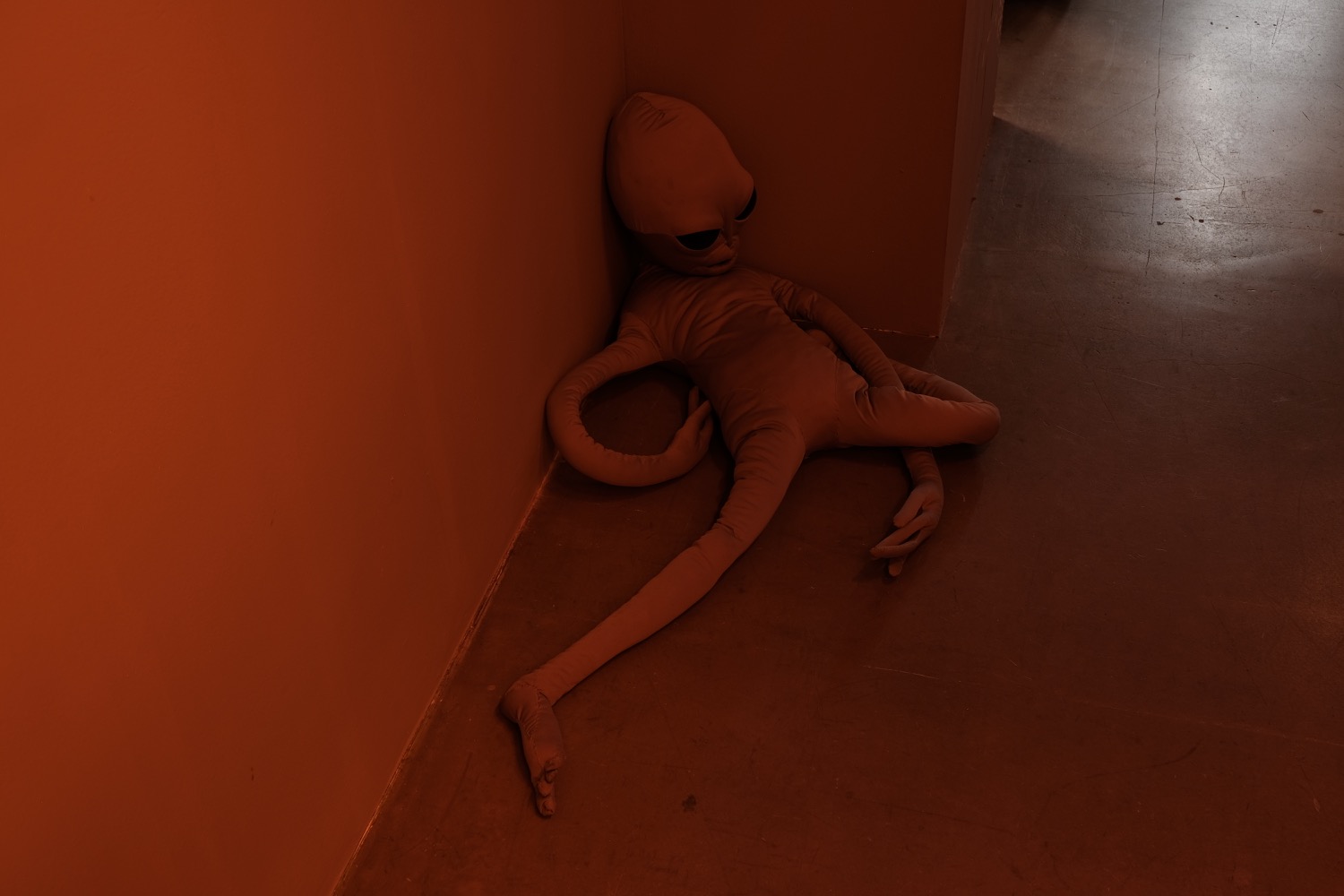
Anni Puolakka: I like using narratives and constructing stories, even if they can be pretty broken or non-sequential sometimes. Autobiographical and other semi-documentary materials are important to me and in my works they get mixed with fiction or materials from other people’s lives. Some of the lines in the first ‘Sacre’ are straight from my mother’s mouth.
The way I like to mix texts from different sources is also connected to the character building that often happens in my work. Sometimes the characters are quite realistic but more often they are half-me, half-someone else, half-human, half-non-human-animal.
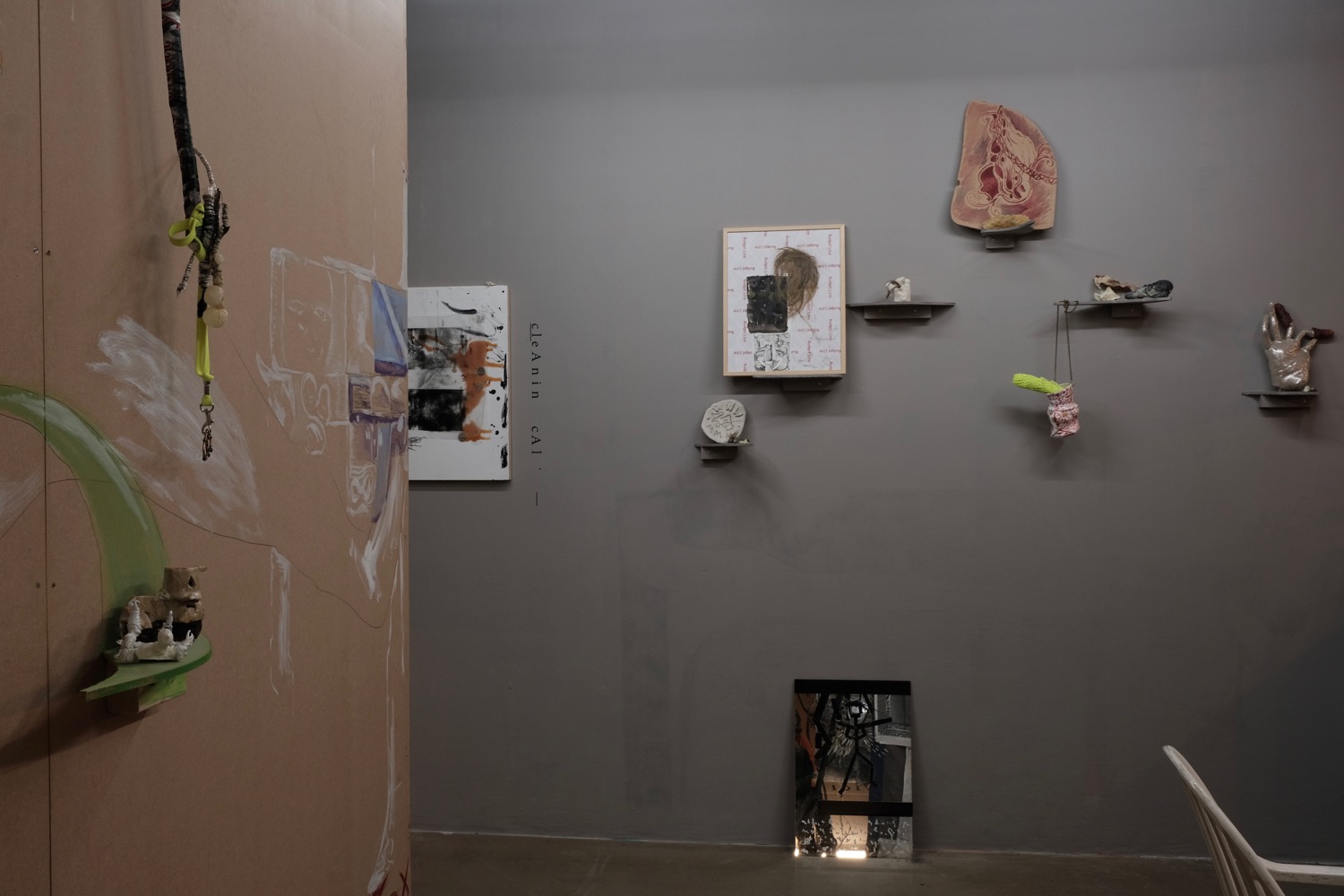
In terms of writing techniques, I often use real-time, collective writing methods that take place anonymously in online documents but usually so that the writers are in a shared physical space. We developed this method together as Vibes. I’ve modified and co-modified it for different contexts: for making scripts for videos and stage, teaching, and sometimes as Vibes we organised events where we would invite anyone to come and write a play with us. Often the writers would do a cold reading of the play afterwards. I’m actually planning to start doing collective writing sessions as a regular thing, because it’s such a strong mode of gathering.
In making videos, such as ‘Sacre,’ there’s usually a loose script or ideas about what the dialogue or monologue will be about and what direction it should take. And based on that the actors improvising. In general, I trust in having improvisation somewhere there, either in the process or in the outcome, or both.
** There’s a complex relationship between artist product vs persona, (anti)professionalism, skill, social and monetary economics, meaningful productivity and pointless labour. Feels deeply metaphorical when thinking about art / artists/ art industry…
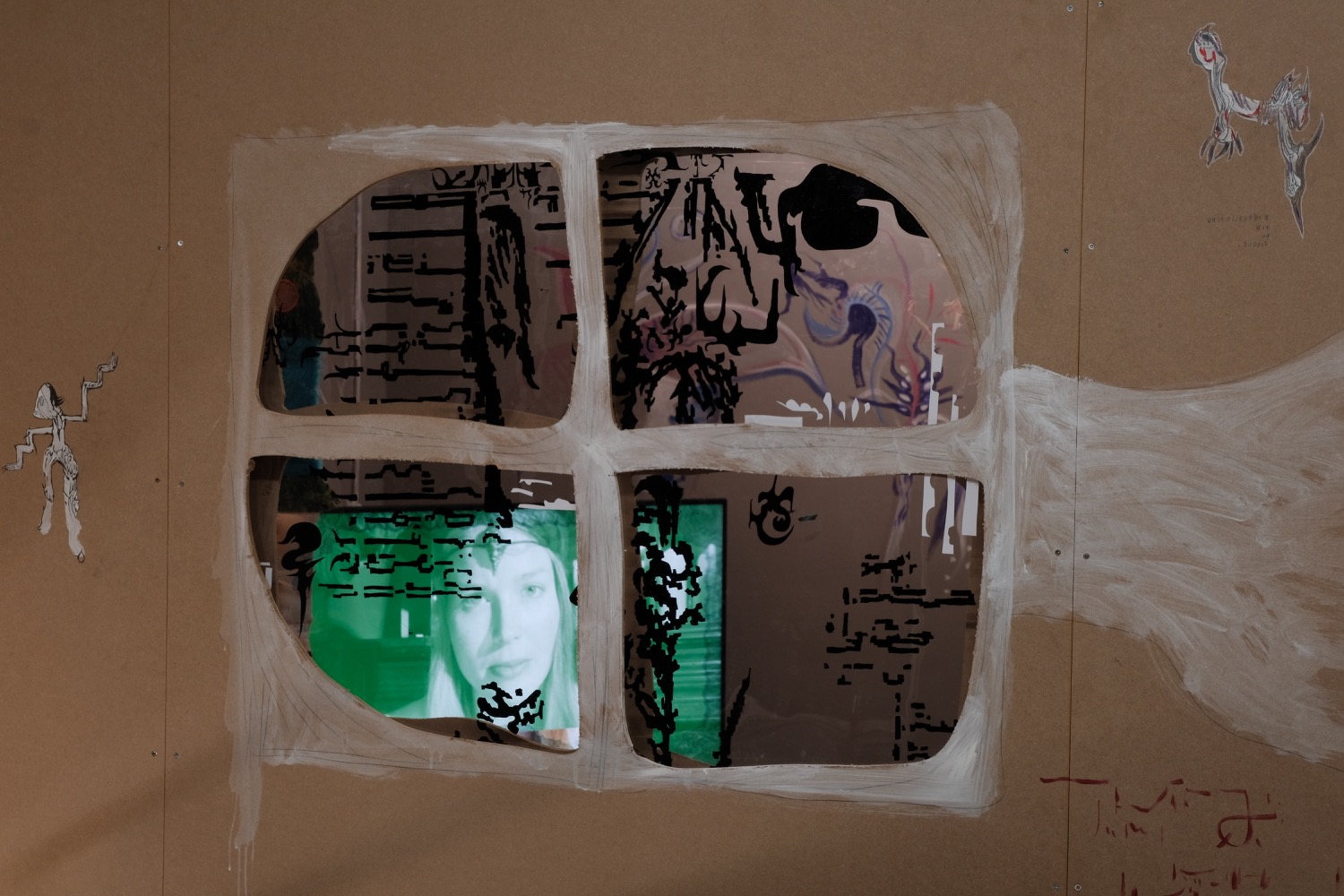
AP: Yeah, these questions of value seem important and I guess we could link them back to the issue of how to use these bodies and the time they have. What existing structures, communities and beings do you align yourself with? Who and what gets your attention? How to take into account your material background, how much choice do you have? My work and life is so different from, say, my grandmother’s who was a dairy farmer with five cows. She didn’t think about the purpose of her work that often, the way I do. By exploiting the cows and herself she was part of building the situation within which I have time and resources to commit to making things whose general value is highly debatable. Of course it’s also highly debatable if drawing milk out of cows for human consumption is “good.” In my view it’s much better to draw cows than to extract from them LOL.
But my grandparents also knew how to grow grains and build things. They were largely self-sufficient whereas I am constantly writing these grant applications and responding to open calls to convince people that what I do is worth them giving me resources including money so that I can buy food and live in a city. Kimmo Modig wrote a good text about issues related to grants where he points out that the way artists are put into a constant and fierce competition over temporary funding is part of the neoliberal value system where it’s ok that your ability to have stable access to welfare is dependent on your competitiveness.
AP: I think the work in the exhibition has a mentality of “whatever works” and that idea forms the core of the magical practice of chaos magick, also. The practitioners of chaos magick reject dogmas and rules and instead think that it’s ok to not to believe in anything or alternatively to believe in anything you want to believe in. The main point is to create and destroy beliefs and methods according to their usefulness to you as an individual – “nothing is true, everything is permitted,” as long as you don’t harm anyone. When making ‘Sacre,’ Jaakko and I were inspired by this articulated attitude of trying to seek out methods, or an unorthodox mix of them, that would make your existence bearable and meaningful. I have recently started using written spells as a component of my work and it’s interesting to think how they affect me and, as a consequence, the rest of the world that I interact with. I think it’s a powerful thing to ceremonially write an intention down or vocalise it because it might affect the mental and material decisions I take, how I end up altering the world. So I’m trying to be careful about it.

** What are your biggest fears and also excitements at the minute?
AP: I fear manipulation in the unscrupulous meaning of it and in different situations varying from self-manipulation to me manipulating others and others manipulating me. I’m into tales and fiction so manipulation of reality also excites me. But in real life it can be dangerous or destructive and I want to think about how to use my imaginative faculties in a good way. For example, if someone breaks your trust, then you want to construct a simple story about what happened and about the other person, and you want to believe in it because it would be so consoling to have some pure understanding and thus control over what happened. It’s seductive, especially if someone backs your narrative up. But at some point I think the best thing you can do is to drop the storyline and emancipate yourself from it. It’s great that human-beings are able to come up with crazy and highly imaginative stories about what’s going on but it’s a different thing to believe in and hold onto them, or to manipulate others into believing in them. In my work I try to tell stories that can counter or contaminate dominant narratives when it comes to, for example, human-animal relations.
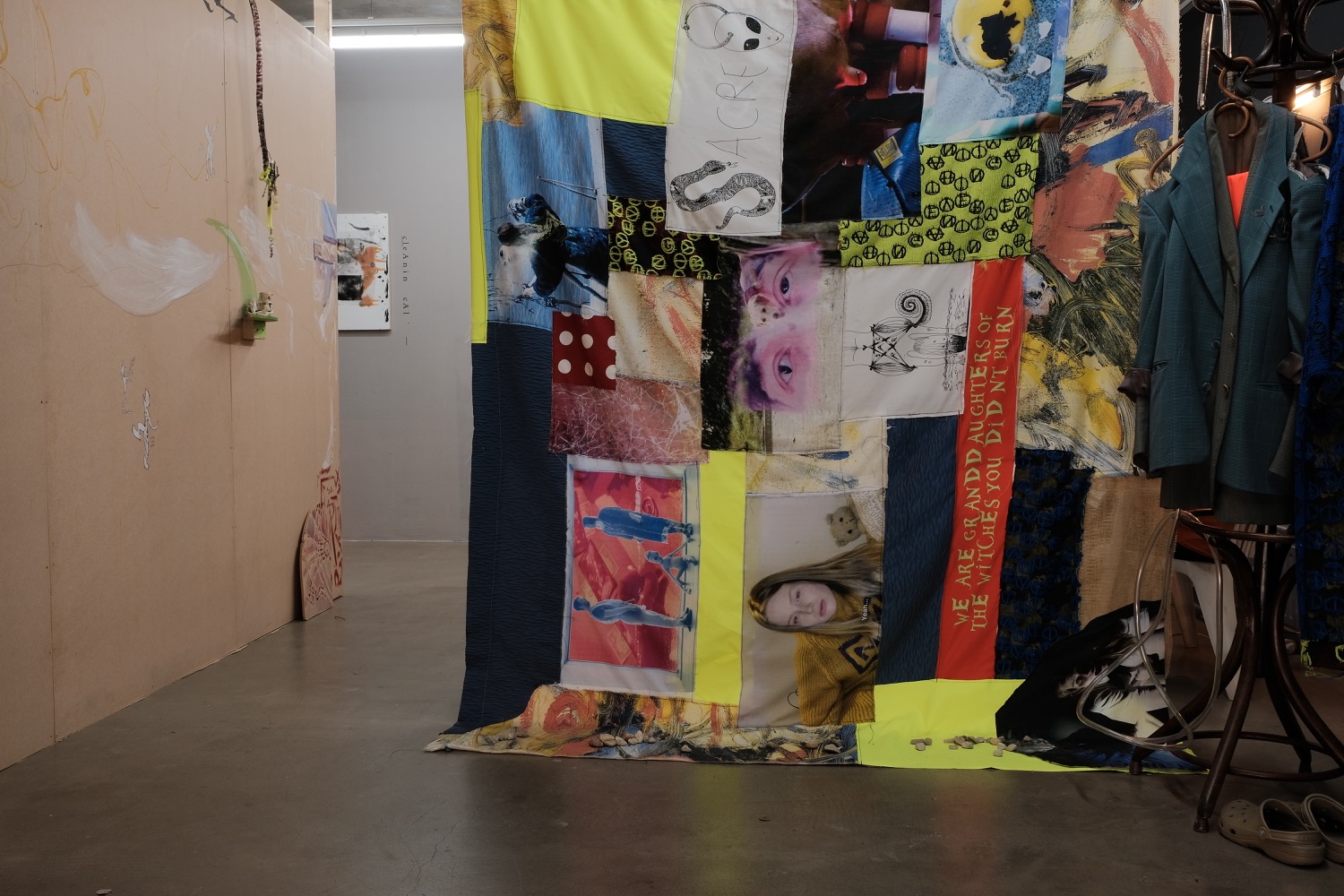
** What are some defining moments in your practice that changed the way you see and make art?
AP: Influential moments in experiencing other people’s art include watching Carolee Schneemann make out with her cat, listening to Alice Coltrane expression of sacredness and looking at Hugo Simberg’s skeletons and demons. Every time someone whose practice I’m into wants to collaborate with me, my practice changes because it opens up and gets messed up with someone else’s ways. And recently my drawing changed because, after having had a ten year break from them, I got a dip pen!**
